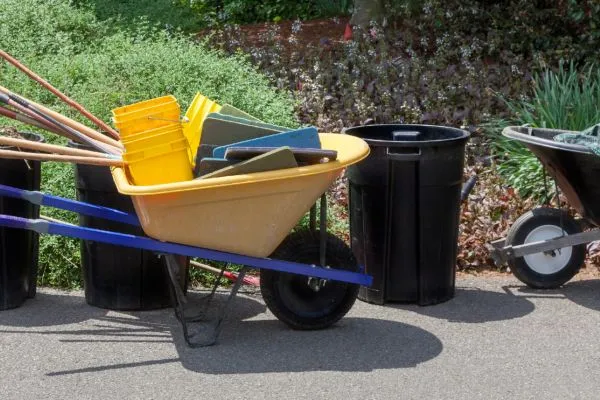Commercial landscape installations are transformative endeavors that enhance the aesthetics and functionality of a business property. Whether it’s creating an inviting entrance or designing a serene outdoor space for employees, these projects demand meticulous planning and execution.
Amid the excitement of envisioning a lush green environment, safety considerations should not be overlooked. This article explores the measures taken to ensure safety during landscape installations on commercial properties, emphasizing the importance of a comprehensive approach.
Site Assessment and Planning
Safety in commercial landscape installations begins with a thorough site assessment and meticulous planning. Before any shovels hit the ground, professionals conduct a comprehensive analysis of the property. This includes evaluating existing structures, utilities, and potential hazards.
By identifying these factors early on, it becomes possible to plan the installation in a way that minimizes risks and maximizes safety.

Professional Training and Certification
The backbone of a safe landscape installation project is the expertise of the team involved. From landscape architects to installers, each member undergoes rigorous training and holds relevant certifications.
This ensures that they are well-versed in industry best practices, safety guidelines, and the operation of specialized equipment. By investing in ongoing education, professionals stay abreast of the latest safety standards, guaranteeing a secure working environment.
Protective Gear and Equipment
Personal protective equipment (PPE) is a non-negotiable aspect of safety during landscape installations. Workers are equipped with appropriate gear such as hard hats, gloves, safety glasses, and steel-toed boots.

Depending on the specific tasks involved, additional gear like hearing protection or respiratory masks may be necessary. Utilizing the right equipment not only safeguards workers but also enhances overall efficiency.
Communication and Coordination
Clear communication and coordination are pivotal in ensuring safety during commercial landscape installations in Greenville NC. A project involves multiple stakeholders, including architects, contractors, and subcontractors.
Regular meetings and open lines of communication help to address potential safety concerns proactively. This collaborative approach ensures that everyone involved is aware of the safety protocols, emergency procedures, and their respective roles in maintaining a secure work environment.
Adherence to Local Regulations
Safety doesn’t operate in a vacuum; it is deeply rooted in compliance with local regulations and building codes. Professional landscape installers are well-versed in the specific requirements of the areas in which they operate.
From obtaining necessary permits to following guidelines for excavation and planting, adherence to local regulations is a fundamental step in ensuring the safety and legality of the project.
Equipment Maintenance
The safe operation of machinery and equipment is critical during landscape installations. Regular maintenance checks are conducted to ensure that all tools and machinery are in proper working condition.

This preventative approach not only minimizes the risk of accidents due to equipment failure but also extends the lifespan of the tools, contributing to overall project efficiency.
Emergency Preparedness
Even with meticulous planning, unforeseen circumstances can arise. Therefore, landscape installation professionals prioritize emergency preparedness.
This includes having a well-defined evacuation plan, providing first aid training to team members, and ensuring the availability of emergency response equipment on-site. Quick and effective response to emergencies can make a significant difference in mitigating potential risks.
Conclusion
In the realm of commercial landscape installations, safety is not an add-on; it’s an integral part of the entire process. From the initial site assessment to the final touches, professionals employ a multi-faceted approach to ensure the well-being of workers and the success of the project.
By investing in training, communication, and adherence to regulations, landscape installation teams create environments that are not only aesthetically pleasing but also safe for all.
FAQs:
Why is safety important in commercial landscape installations?
Safety is paramount in landscape installations to protect the well-being of workers, ensure compliance with regulations, and create an environment where creativity and efficiency can flourish without compromising anyone’s health.
What are the common safety hazards in landscape installations?
Common safety hazards include uneven terrain, equipment operation, exposure to harmful substances, and potential interactions with existing structures or utilities. Thorough site assessments help identify and mitigate these risks.
How do professionals stay updated on safety standards?
Professionals undergo regular training and hold certifications in landscape design and installation. Additionally, they participate in ongoing education programs to stay informed about the latest safety standards and best practices in the industry.
What role do local regulations play in ensuring safety?
Local regulations and building codes provide a framework for safe construction practices. Professionals in the landscape installation industry adhere to these regulations to ensure both the safety and legal compliance of their projects.
How can I ensure the safety of my employees during a landscape installation project?
Prioritize comprehensive training, provide appropriate protective gear, promote open communication, and have a well-defined emergency response plan. These measures contribute to a safe working environment for all involved in the landscape installation project.
